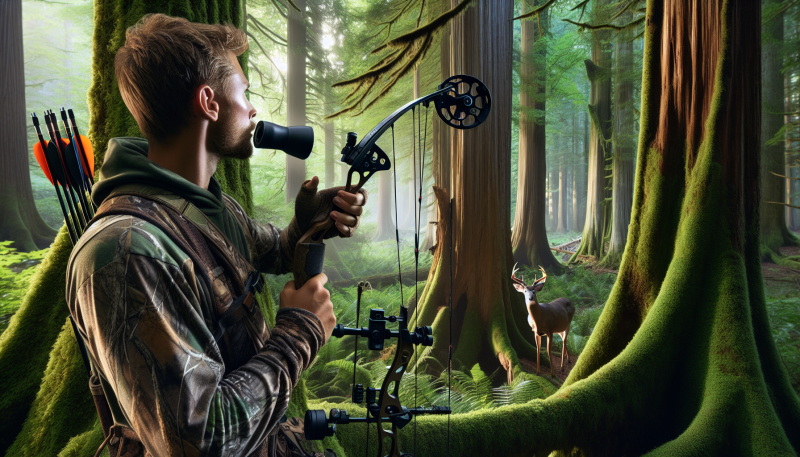Monofilament fishing line is one of the most popular choices for beginners due to its versatility and affordability. It is made from a single strand of nylon and is relatively stretchy, making it ideal for fishing in freshwater or saltwater. Monofilament lines are also easy to cast and knot, making them a great option for novice anglers.
Fluorocarbon fishing line is another popular choice among anglers, especially for those who fish in clear water or for more finicky fish. Fluorocarbon lines are virtually invisible underwater, making them ideal for situations where fish are easily spooked. Additionally, fluorocarbon lines are known for their abrasion resistance, making them a good choice for fishing in rocky or debris-filled areas.
Braided fishing line is made from woven strands of synthetic material, such as Dacron or Spectra. Braided lines are known for their strength and sensitivity, making them ideal for catching larger fish or fishing in deep water. However, braided lines are not as stretchy as monofilament lines, so they require a different casting technique. Braided lines are also more visible underwater, so they may not be the best choice for clear water fishing.
Line Strength and Durability
Durability is another key factor to consider when selecting a fishing line. A durable line is one that can handle wear and tear from sharp rocks, debris, and the occasional snag without fraying or breaking. A strong and durable fishing line is essential for landing big fish and ensuring a successful fishing experience.
There are different types of fishing lines available on the market, each with its own strengths and weaknesses when it comes to strength and durability. Monofilament lines are affordable and stretchable, making them a good choice for beginners. However, they are not as strong or durable as braided lines, which are thinner and have higher tensile strength. Fluorocarbon lines are also durable and resistant to abrasion, making them a great option for fishing in rocky or rough terrain.
The Importance of Line Weight
One of the most crucial factors to consider when choosing a fishing line is the line weight. Line weight refers to the thickness or diameter of the fishing line, and it plays a vital role in determining how the line performs on the water. Different fishing scenarios call for different line weights, so it's important to understand how line weight can affect your fishing experience.
The line weight you choose will impact various aspects of your fishing, including casting distance, sensitivity, and even the types of fish you can catch. A heavier line weight will allow you to cast further distances and handle larger fish, while a lighter line weight will provide more sensitivity for detecting bites from smaller fish. It's essential to match the line weight to the type of fishing you will be doing to ensure you have the best chance of success.
In addition to considering the type of fishing you will be doing, you should also take into account the conditions of the water you will be fishing in. Clear, calm water may require a lighter line weight to avoid spooking fish, while murky or choppy water may call for a heavier line weight to handle rough conditions. By understanding the importance of line weight and choosing the right fishing line for your specific needs, you can increase your chances of a successful fishing trip.
Tips for Selecting the Best Fishing Line
One of the most critical components of a successful fishing trip is choosing the right fishing line. With so many options on the market, it can be overwhelming for beginners to know where to start. Here are some tips to help you select the best fishing line for your next fishing adventure.
First and foremost, consider the type of fish you are targeting. Different types of fish require different strengths and types of fishing line. For smaller fish such as trout, a lighter weight line will suffice. However, if you are going after larger fish like bass or pike, you will need a heavier line to handle the weight and fight of the fish.
Another important factor to consider is the visibility of the fishing line. Clear lines are less visible in the water, which can be beneficial when fishing in clear water conditions. On the other hand, colored lines can be easier to see, which can help you detect bites more quickly. Consider the water conditions and the behavior of the fish in order to choose the right visibility for your fishing line.
Lastly, make sure to consider the material of the fishing line. Monofilament lines are popular for their stretch and forgiving nature, making them ideal for beginners. Fluorocarbon lines are virtually invisible underwater, making them great for fishing in clear water. Braided lines are strong and durable, making them perfect for fishing in heavy cover or deep waters. Take into account the type of fishing you will be doing and choose a line that suits your needs.

